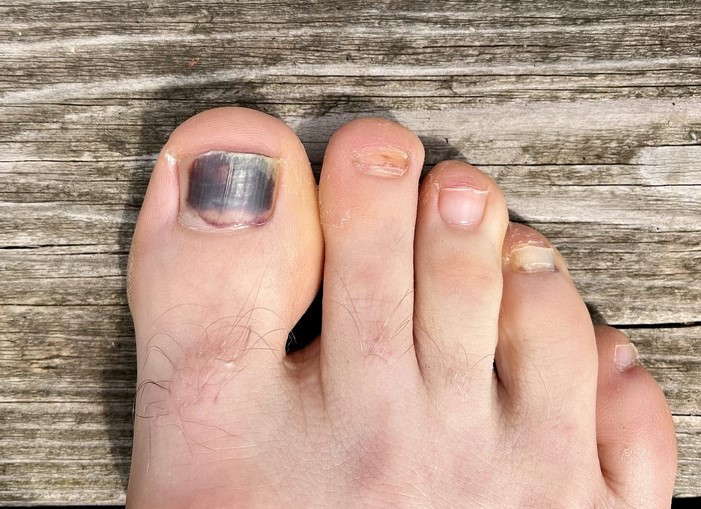Toes Blackening: Possible Causes and When to See a Doctor

Toes blackening is a medical condition characterized by a change in color of the toes to a darker or black shade. This can be caused by various factors including frostbite, gangrene, peripheral artery disease, diabetes, or Raynaud’s disease. It is a potentially serious condition that may indicate a severe underlying health issue, such as poor circulation or tissue death. Therefore, it is crucial to seek medical attention promptly when you notice your toes turning black. This article will explore the possible causes of toes blackening and provide guidance on when it is necessary to consult a doctor.
Understanding Toes Blackening: Possible Causes and When to See a Doctor
Toes blackening is a condition that can be alarming and distressing for many individuals. It is characterized by a change in the color of the toes to a darker shade, often black. This condition can be caused by a variety of factors, and understanding these causes is crucial in determining the appropriate course of action and when to seek medical attention.
One of the most common causes of toes blackening is poor circulation. This can occur as a result of peripheral artery disease (PAD), a condition where the arteries that supply blood to the legs and feet become narrow. This can lead to insufficient blood flow to the toes, causing them to darken. Diabetes, a condition that affects the body’s ability to regulate blood sugar levels, can also lead to poor circulation and subsequently, toes blackening.
Another possible cause is frostbite, which occurs when the skin and underlying tissues freeze due to exposure to cold temperatures. In severe cases, this can lead to the death of skin cells, causing them to turn black. Similarly, burns or any form of trauma to the toes can also result in blackening due to tissue damage.
In some cases, toes blackening can be a sign of a more serious condition known as gangrene. This occurs when tissue dies due to a lack of blood flow or a bacterial infection. Gangrene often starts in the toes and can spread to other parts of the body if left untreated, making it a potentially life-threatening condition.
Given the range of possible causes, it is important to monitor any changes in the color of your toes and seek medical attention if necessary. If the blackening is accompanied by other symptoms such as pain, swelling, or a foul smell, it is advisable to see a doctor immediately. These could be signs of a serious condition that requires immediate treatment.
Even in the absence of these symptoms, it is still important to consult a healthcare professional if you notice your toes blackening. This is particularly true for individuals with underlying health conditions such as diabetes or PAD, as these conditions can increase the risk of complications.
During a medical consultation, the doctor will likely conduct a physical examination and may order tests to determine the cause of the blackening. These could include blood tests, imaging studies, or in some cases, a biopsy of the affected tissue. Once the cause is identified, the doctor can then recommend the appropriate treatment. This could range from lifestyle changes and medication to manage conditions like diabetes or PAD, to surgical procedures in more severe cases.
In conclusion, toes blackening can be caused by a variety of factors, from poor circulation and frostbite to more serious conditions like gangrene. It is important to monitor any changes in the color of your toes and seek medical attention if necessary. While it can be alarming, understanding the possible causes and knowing when to see a doctor can help ensure that you receive the appropriate care and treatment.Blackening of the toes can be caused by various factors including frostbite, gangrene, peripheral artery disease, diabetes, or trauma to the foot. It’s a serious condition that may indicate a lack of blood supply to the area or a severe infection. Immediate medical attention is necessary when you notice your toes turning black, especially if it’s accompanied by other symptoms like pain, foul smell, or changes in sensation. This is to prevent further complications and to initiate appropriate treatment promptly.